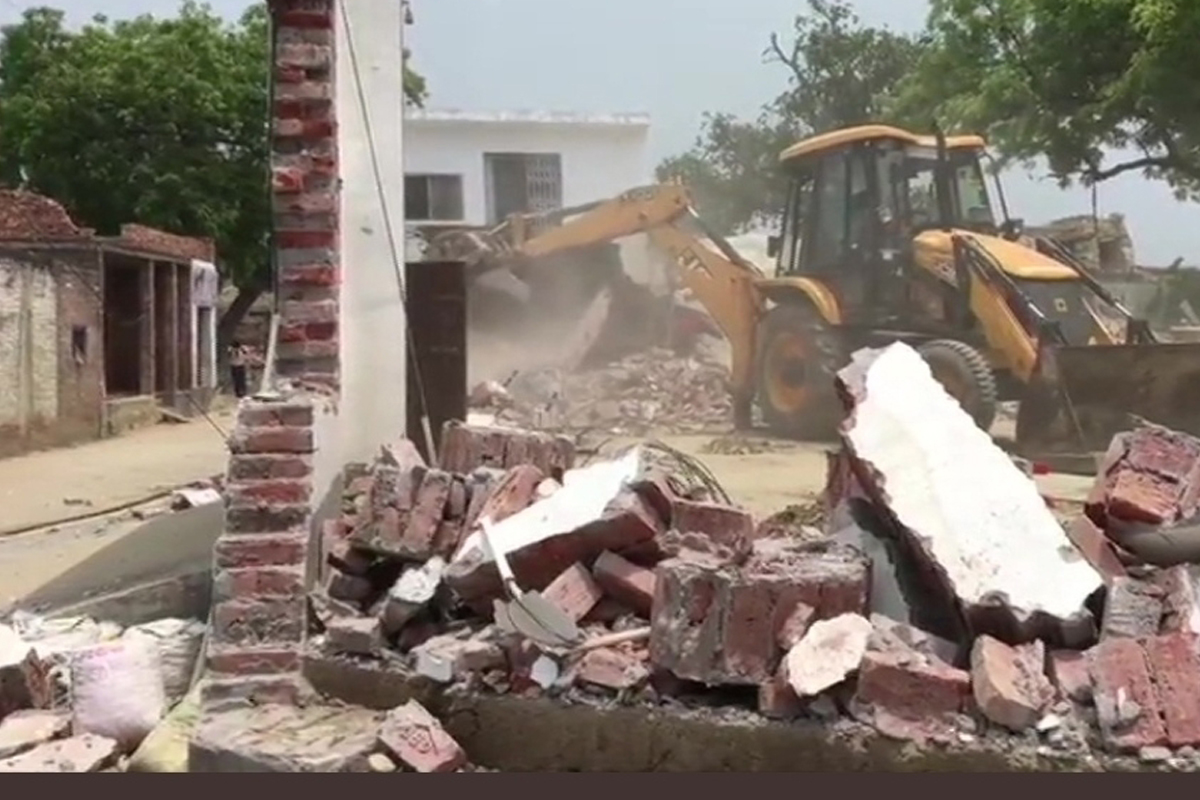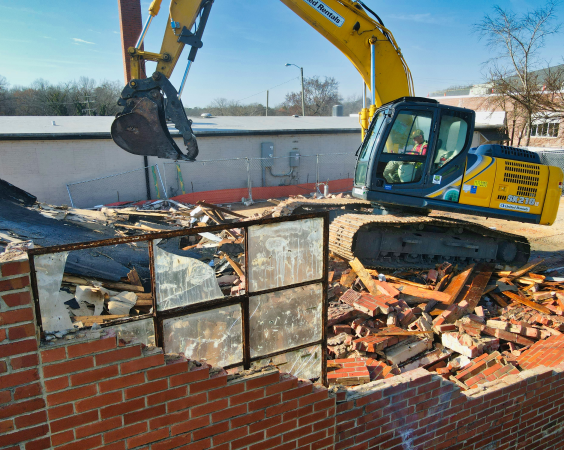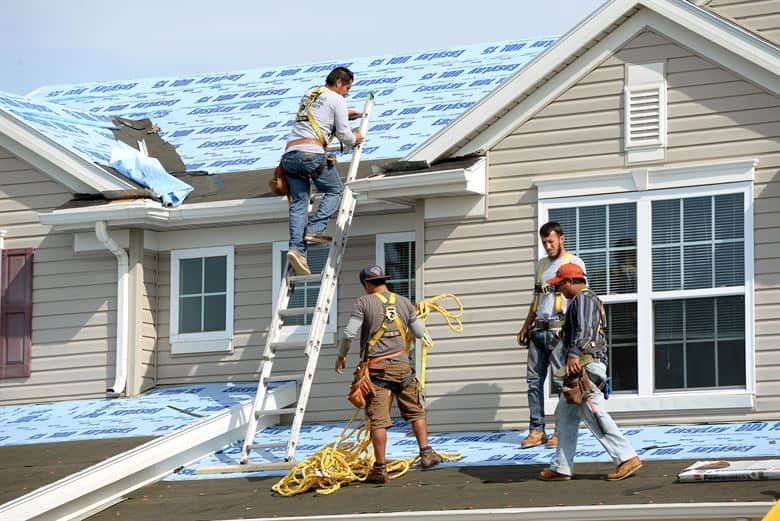The Ins and Outs of House Demolition: What You Need to Know

House demolition is a process where a structure is strategically dismantled or destroyed. It is done for various reasons, including building a new structure, renovating a damaged or outdated property, or clearing space for a new development. However, before you begin the demolishing process, it’s essential to understand the basics of house demolition, including the legal requirements, safety precautions to take, and the various demolition methods available. This blog post will provide you with the necessary information about house demolition and what you need to know before getting started.
The Legal Requirements
Before you embark on the Melbourne demolition process, you need to understand the legal requirements for house demolition in your area. Building permits are required, and the rules surrounding demolition vary by state and municipality. Building codes and zoning regulations dictate how structures must be demolished, ensuring public safety, and minimizing environmental impact. You may also require special permits to detach utilities such as gas, water, and electricity from the property. Consulting with professionals such as contractors or your local building inspector before destroying the property is crucial to ensure that you are following the necessary laws.
Safety Precautions to Take
Melbourne house demolition can be hazardous if safety precautions are not taken. It’s important to have protective gear on while doing demolition since demolition sites are often filled with hazardous materials such as asbestos, lead, and other dangerous metals. Professional contractors should be licensed and insured to work on the demolition project. Any work should be done under a safety plan that outlines the safety procedures, including how to manage waste materials, handle heavy equipment, and how to avoid any accidents.
Demolition Methods
When it comes to tearing down a building, there is more than one demolition method available to choose from. The type of method chosen will depend on the type of structure, materials used, and the location of the property. The two main techniques you can use to dismantle a house include traditional demolition and deconstruction. Traditional demolition includes using heavy machinery to knock down the structure and destroy it. Deconstruction includes intentionally taking down certain parts of the structure to salvage any materials or parts that can still be utilized.
Environmental concerns to consider
House demolition can have a negative impact on the environment. Demolition can result in air pollution, soil degradation, and erosion, among other concerns. Before you begin the project, you must make sure that you know the environmental impacts of demolition. Consider what will happen to the debris after the demolition, such as what will be taken to a landfill and what materials can be recycled. Also, think about the impact of noise pollution and other related issues that can affect nearby communities. A reliable contractor should know how to minimize environmental damage.
The Cost of House Demolition
The cost of demolition is one of the most essential aspects of the process. The total cost will depend on several factors, such as the type of demolition chosen and the size of the structure. Other factors to consider include the complexity of the work, site access, and the amount of waste to be removed. Consulting with a professional demolition contractor can help you get an estimate. It would be best if you also asked the contractor about expenses associated with permits, insurance, and the disposal of waste materials.
Conclusion:
Demolishing a house can be a complex and costly process, but it’s a necessary step in some situations. Before you begin, you need to have a clear understanding of the complexities and challenges involved in demolition to ensure overall safety and compliance. Knowing the legal requirements, taking safety precautions, choosing the right demolition method, and considering ways to minimize environmental risks are crucial in ensuring that the project goes smoothly. Consulting with a professional contractor who understands the process and can confidently guide you through it all will help you make informed decisions and avoid unnecessary risks.



